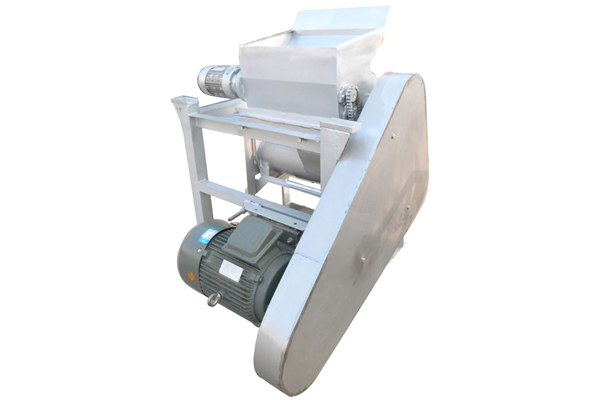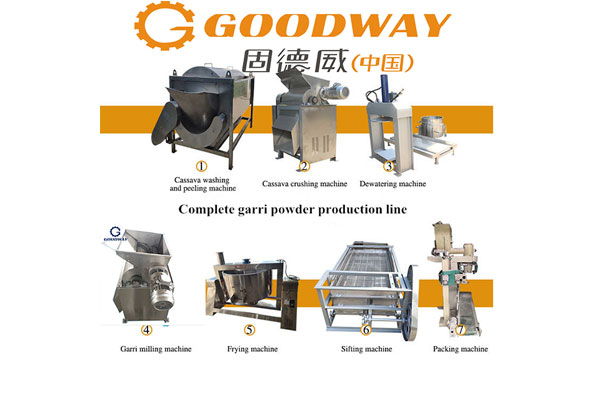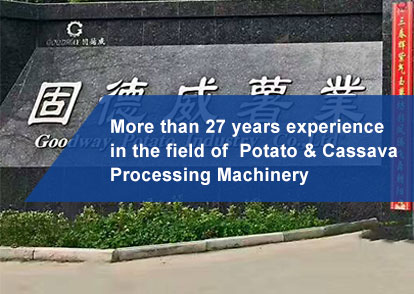The following aspects need to be considered when planting potatoes to ensure their healthy growth and high yield:
Select the appropriate planting time
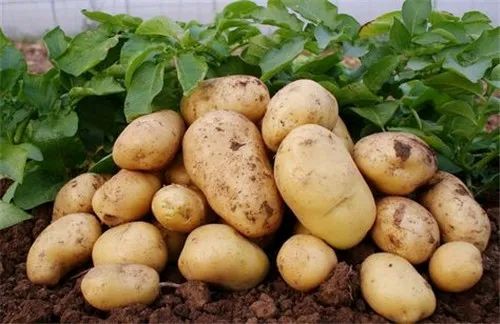
Soil preparation
Deep plowing and fertilization: Deep plowing of the soil before planting, apply enough base fertilizer, mainly organic fertilizer, combined with a moderate amount of phosphate and potassium fertilizers.
Seed potato selection and treatment
Seed potato treatment: Before planting, the seed potatoes can be cut into pieces, each piece retaining 1-2 buds, dry the cut pieces or treat the cut surfaces with plant ash to prevent rot.
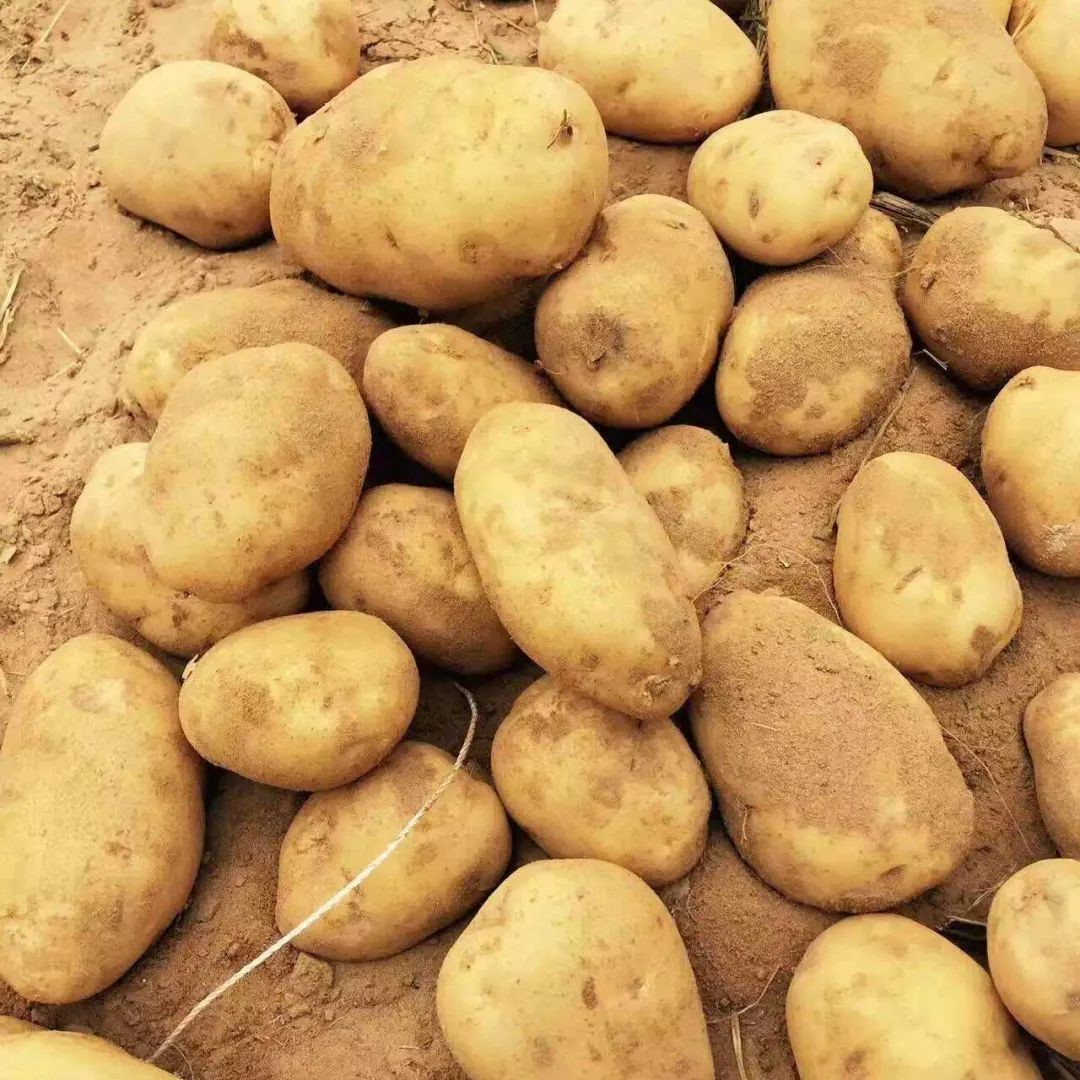
Planting method
Planting depth: The general planting depth is 8-10 cm, and the soil covering thickness is moderate.
Row spacing and plant spacing: Row spacing is 60-70 cm, plant spacing is 20-25 cm, ensuring enough growth space for the plants.
Field management
Watering: During the growth period of potatoes, keep the soil moist, especially during the tuber formation and expansion period, but avoid waterlogging.
Intertillage and weeding: Regularly loosen the soil through intertillage, remove weeds, and promote root development.
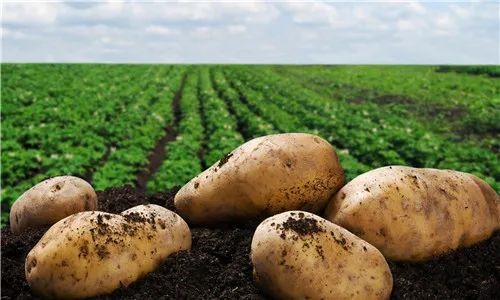
Fertilization management
Base fertilizer: Mainly organic fertilizer, combined with a moderate amount of phosphate and potassium fertilizers.
Topdressing: During the growth period, apply fertilizers according to the plant growth, generally topdressing once each during the seedling period, tuber formation period, and expansion period, mainly nitrogen fertilizer, combined with phosphate and potassium fertilizers.
Pest and disease control
Common diseases: Late blight, early blight, blackleg, etc., need timely spraying of fungicides for prevention and control.
Common pests: Aphids, Colorado potato beetles, etc., biological control, or chemical agents can be used for control.
Harvest and storage
Storage conditions: After harvest, dry the skins, store in a cool, ventilated, and dry place, and avoid direct sunlight and high temperature and humidity environments.
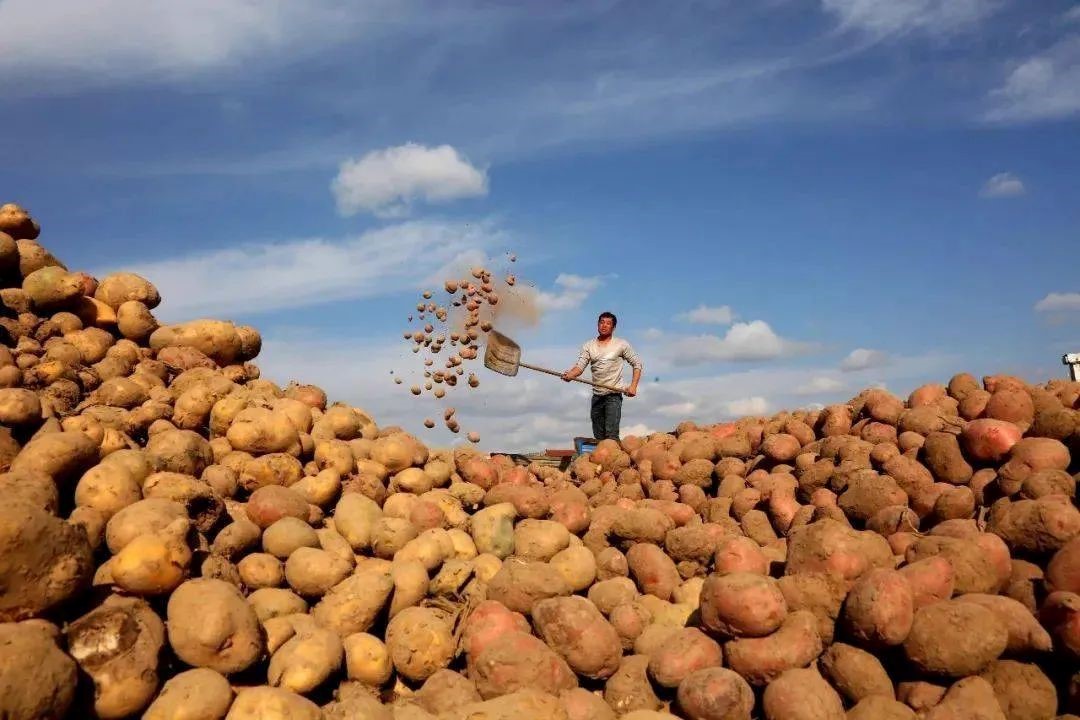
Through detailed management of the above aspects, the yield and quality of potatoes can be effectively improved, achieving the goal of a bumper harvest.

 EN
EN
 fr
fr  es
es  it
it  pt
pt 
